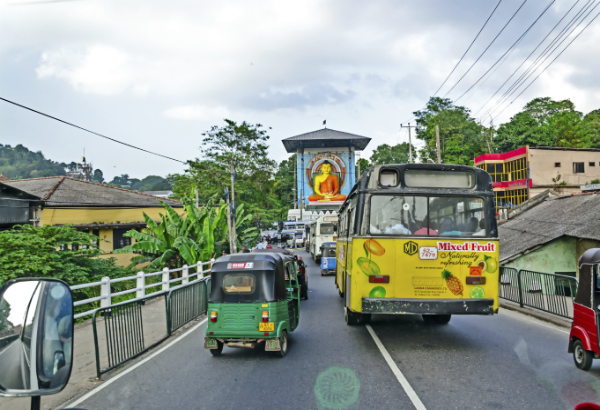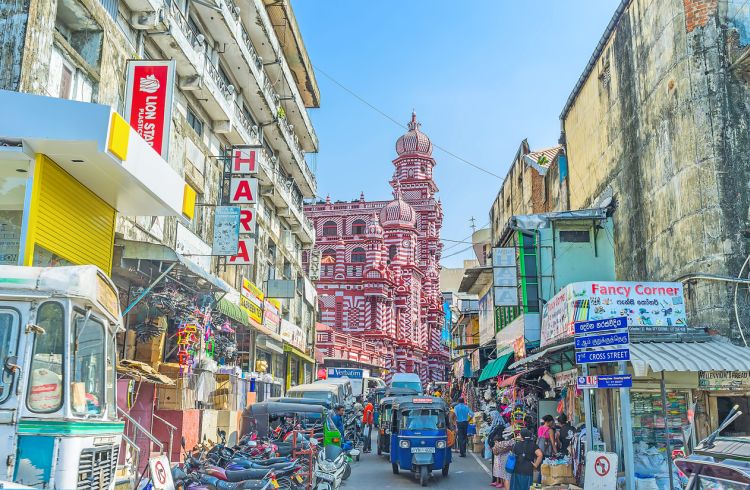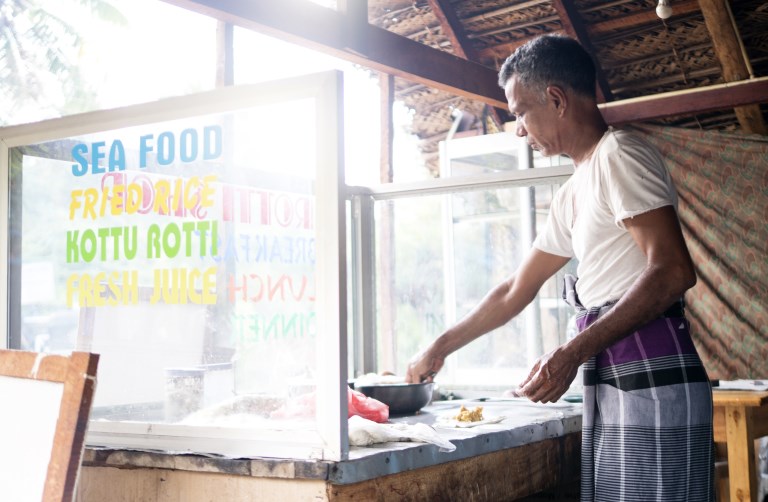Driving in Sri Lanka: What to Know Before You Try It
Every developing nation has some pretty exciting traffic conditions – but Sri Lanka stands out. Find out how to stay safe while behind the wheel.
 Photo © iStock/Asergieiev
Photo © iStock/Asergieiev
After driving through the busy streets of Kenya, I thought I was brave. And then I drove through Colombo... For those intrepid souls who want to give it a go, here's a survival guide to driving in Sri Lanka.
The first thing to remember: follow the rules. The problem is, there aren't any.
Cars, mopeds and rickshaw are all vying for space so getting around isn't easy.
Traffic in Sri Lanka is congested. Narrow two-lane highways, overloaded trucks, poorly driven buses and a variety of vehicles on the road, ranging from ox carts and bicycles to new four-wheel-drive vehicles, make driving dangerous.
Road conditions in Sri Lanka
- Erratic driving is common and as a result, road accidents are frequent.
- Pedestrians and animals often appear in the road without warning.
- Vehicles do not stop at pedestrian crossings.
- Be particularly careful when overtaking and when overtaking vehicles are coming towards you.
- If you drive, make sure you are comprehensively insured.
- Driving at night outside Colombo and driving by motorbike are particularly hazardous.
- Unexpected road blocks and one-way streets are common and may not be clearly marked - so watch your step.
- Buses are notorious for driving fast and rarely giving way. They are often poorly maintained. A number of serious bus accidents have been reported over recent years.
Hints for driving in Sri Lanka
- The roads are like chess boards, move where you can. Don't follow the normal rules of left and right.
- Simply trust your instincts, ascertain the direction, and proceed. Adherence to road rules leads to much misery and occasional fatality. Most drivers don't drive, but just aim their vehicles in the generally intended direction.
- Beware pedestrian crossings - Don't stop! You may do so only if you enjoy being bumped in the back. Pedestrians have been strictly instructed to cross only when traffic is moving slowly or has come to a dead stop because some minister is in town.
- Blowing your horn is not a sign of protest as in some countries. Sri Lankans "toot" to express an array of emotions - most of the time it's not used as a way of asking pedestrians to get out of the way.
- Stay clear of locals buses, just like Kenya's Matatus, these packed vehicles are steel coffins. They move at speed and drivers care little for people in front. Profit over people is their motto.
- The bigger buses are no better and travellers should avoid them, unless you want a white-knuckle experience.
Most bus passengers are given free passes and during rush hours, there is absolute mayhem. There are passengers hanging off other passengers, who in turn hang off the railings and the overloaded bus leans dangerously, defying laws of gravity.
And while we are describing daytime driving in downtown Colombo, life at night can be even more exciting.
Night-time driving in Sri Lanka is like Russian Roulette. Drunk drivers are rampant and very dangerous, so stick to the path and walk. You always get a better feel of the town using your feet.
But if, after all this, you still want to drive in Sri Lanka, have your lessons between 8 pm and 11 am - when the police have gone home and the locals can enjoy being crazy together.
But on the flipside, experiencing traffic in a developing nation is one of the true joys for a traveler. Just buckle up, hold on and keep a blindfold handy.
Related articles
Simple and flexible travel insurance
You can buy at home or while traveling, and claim online from anywhere in the world. With 150+ adventure activities covered and 24/7 emergency assistance.
Get a quote


No Comments